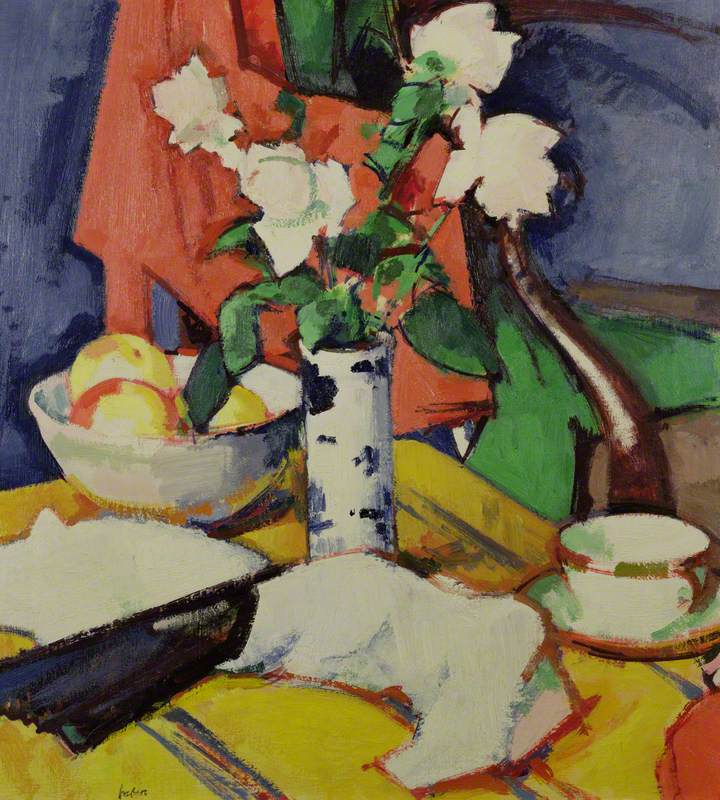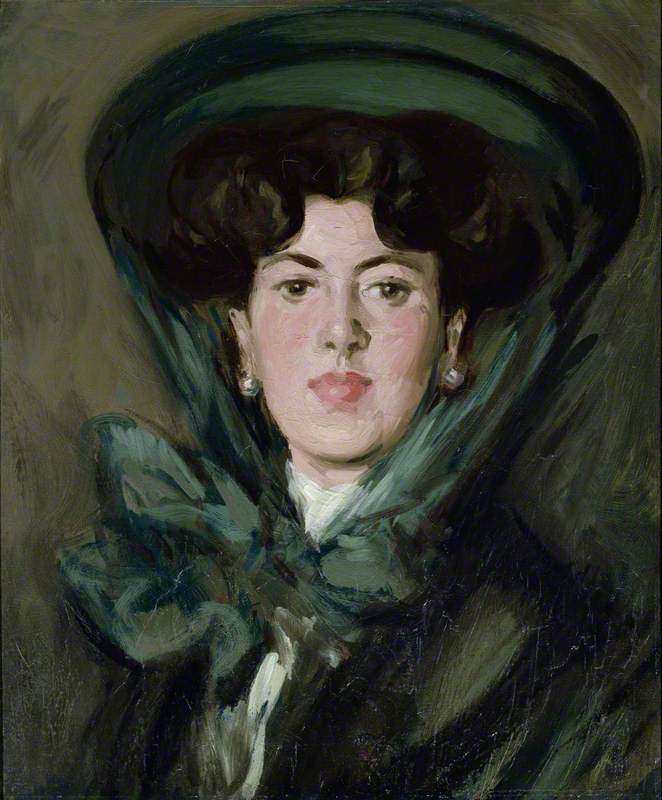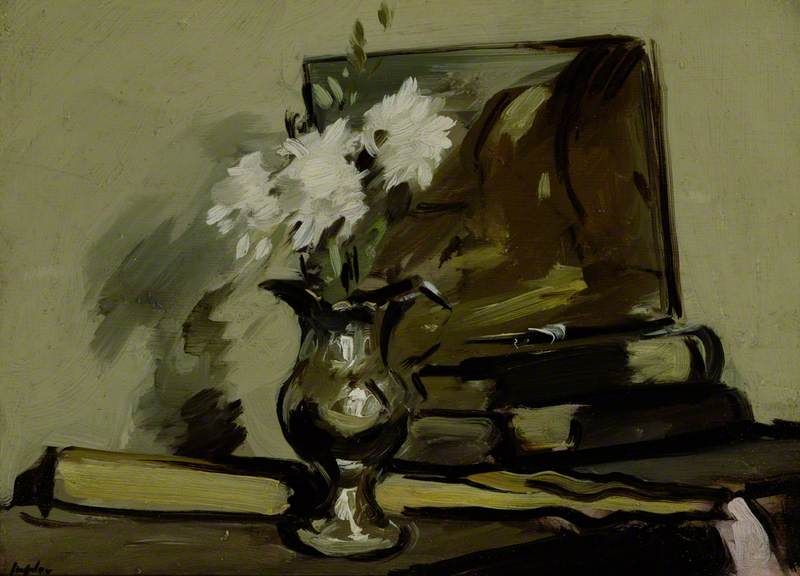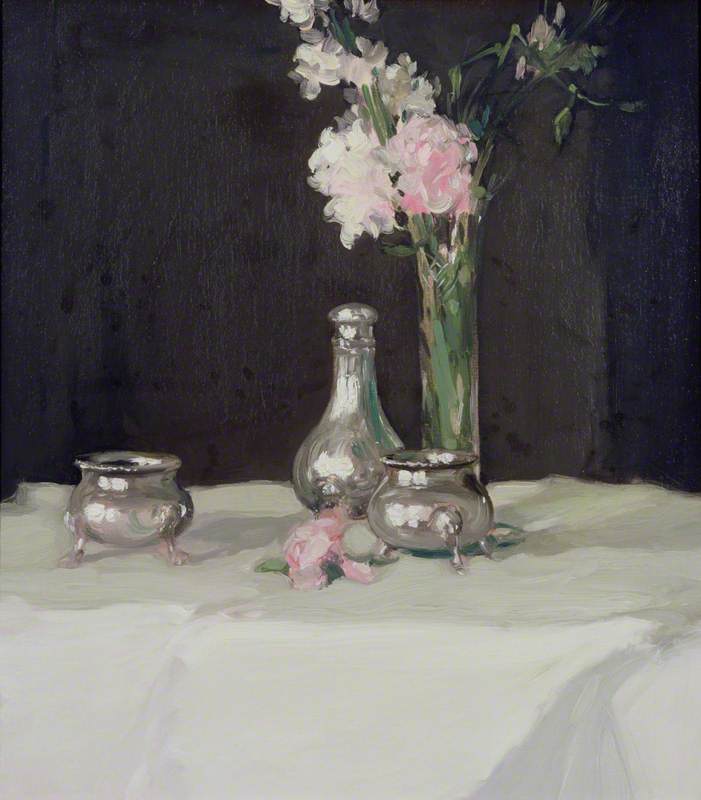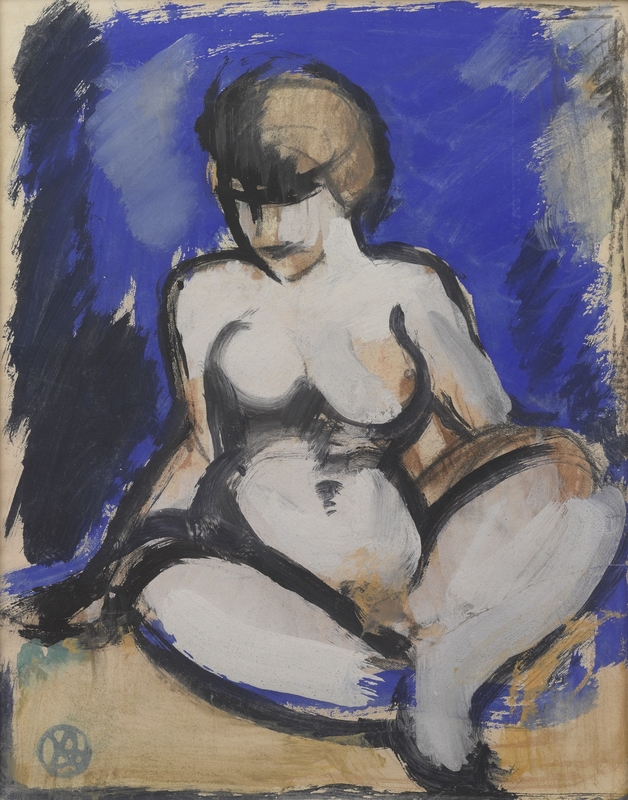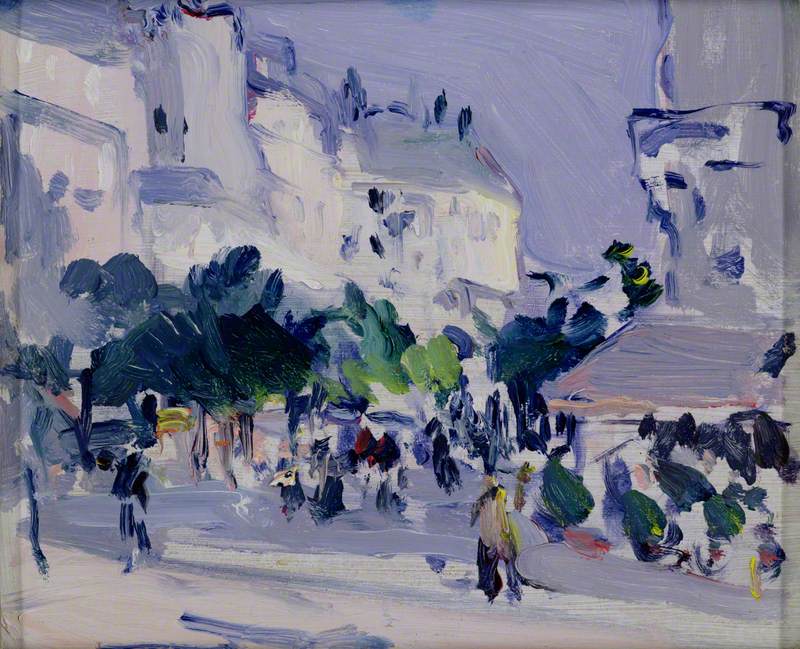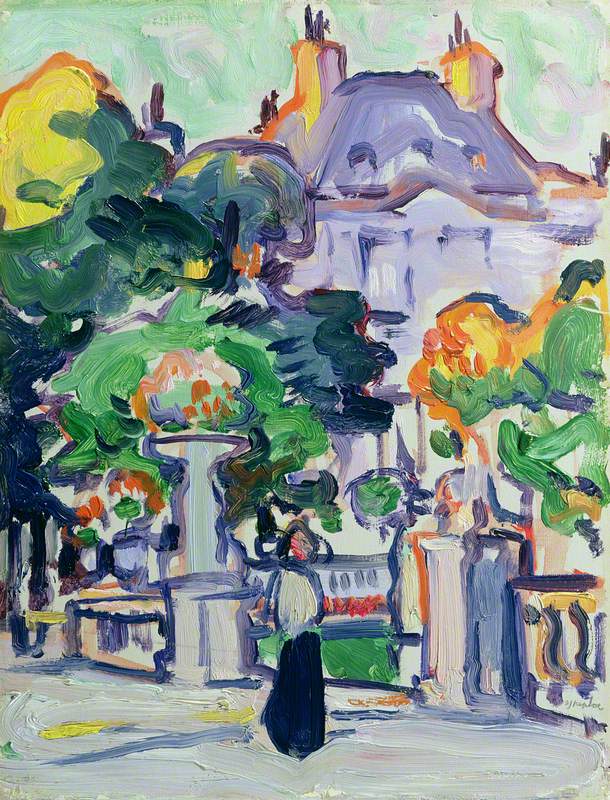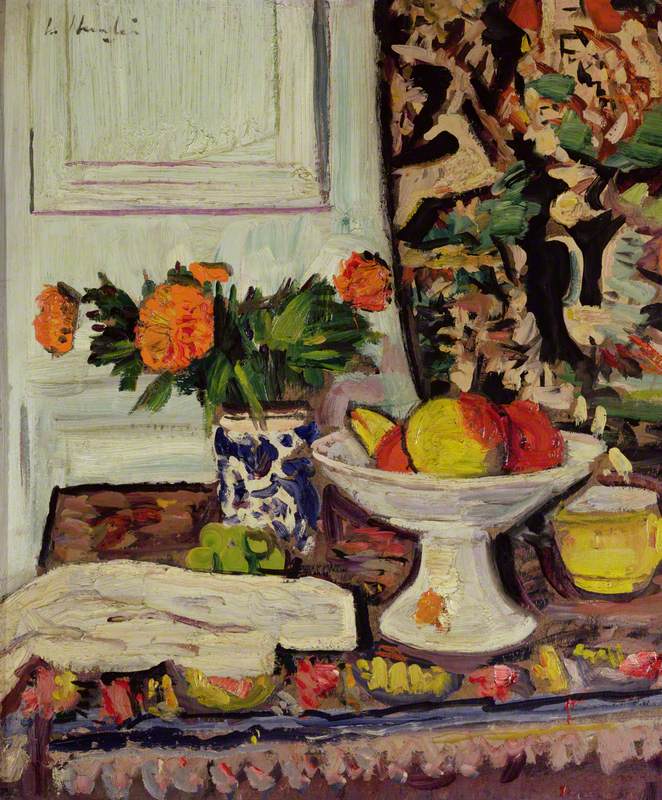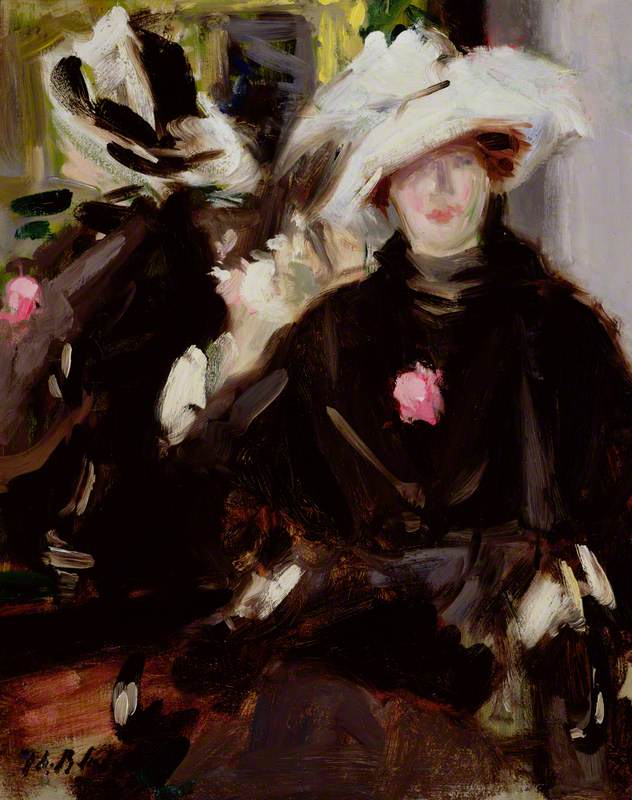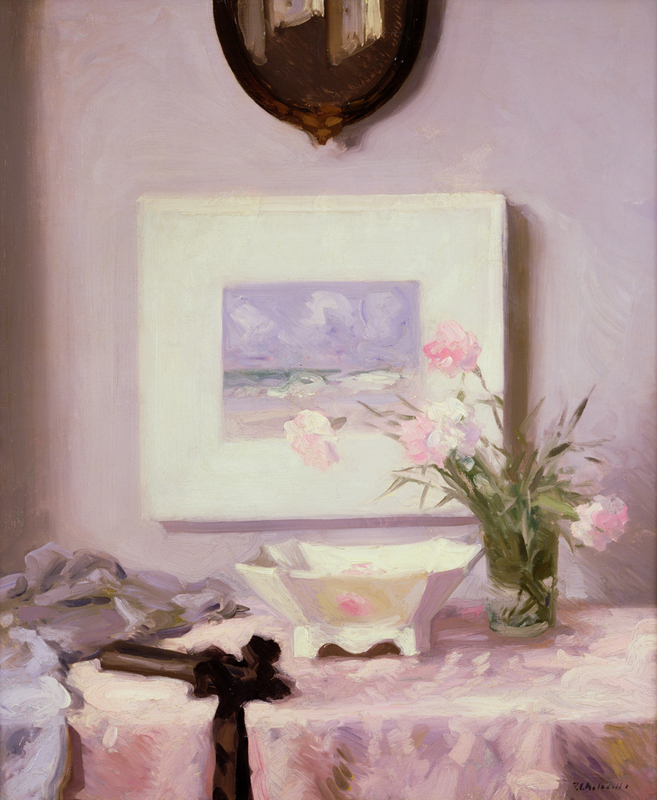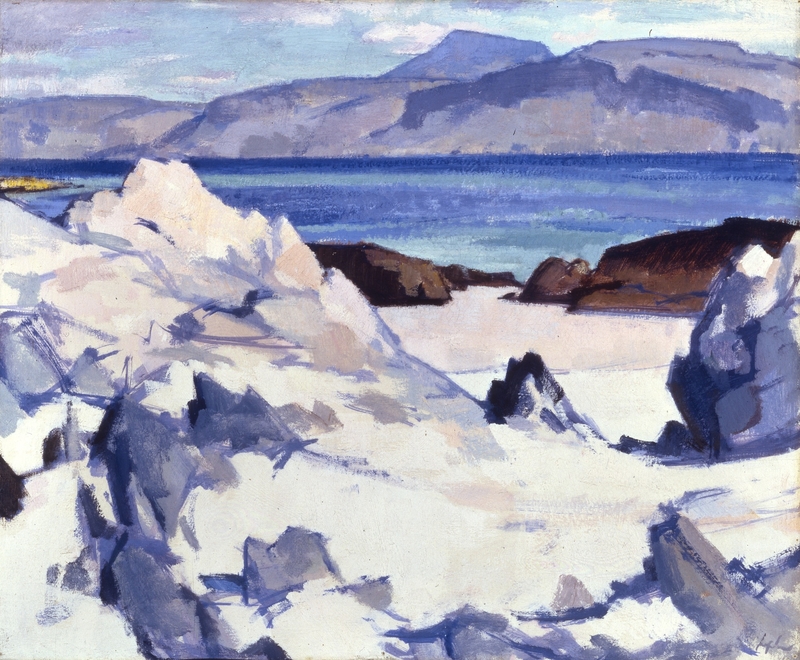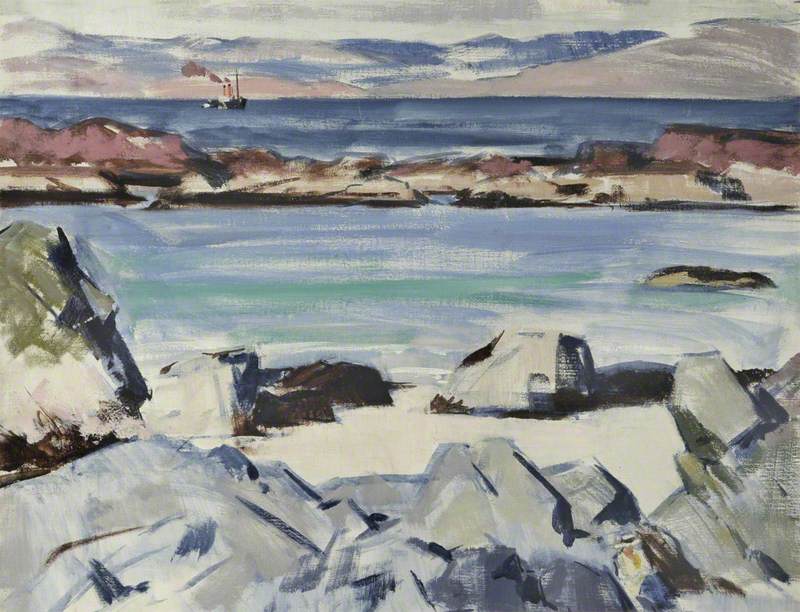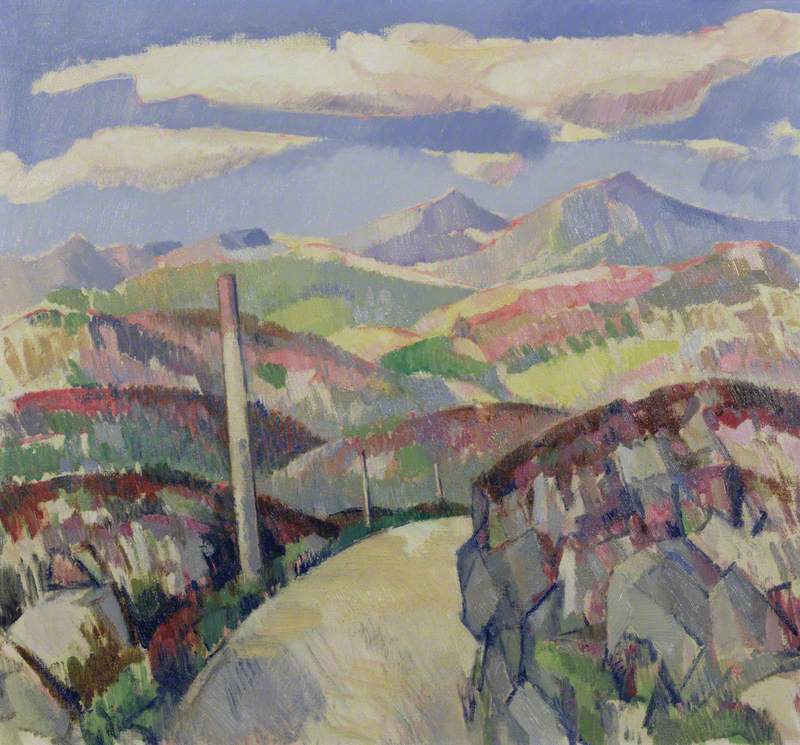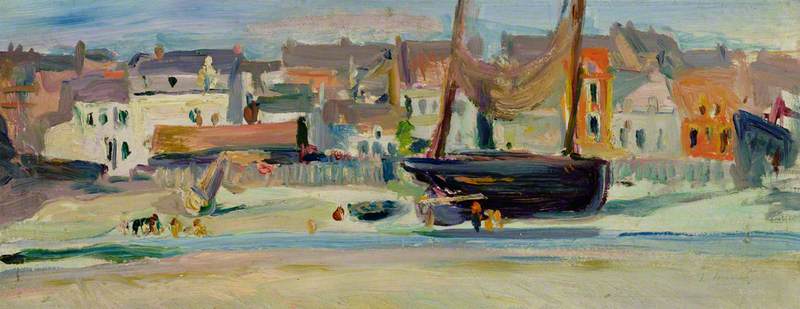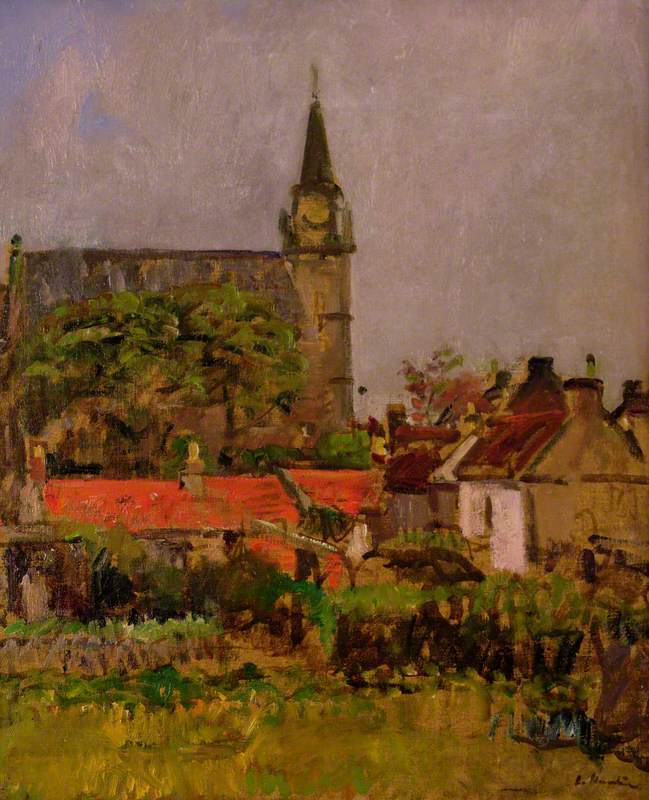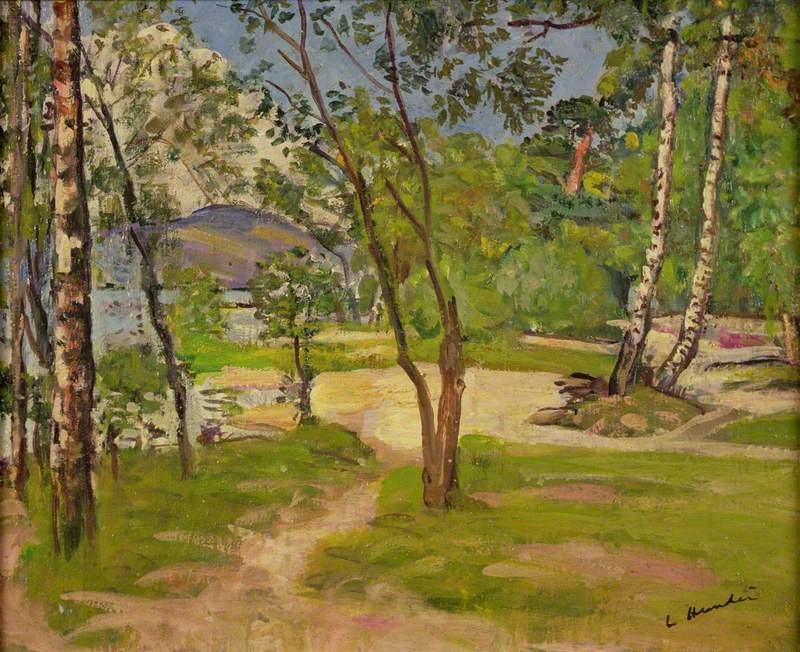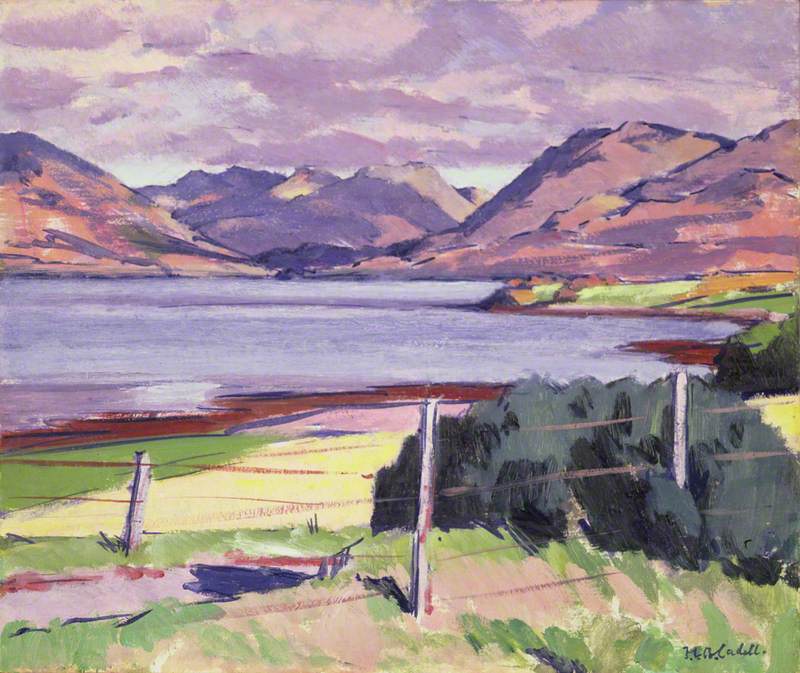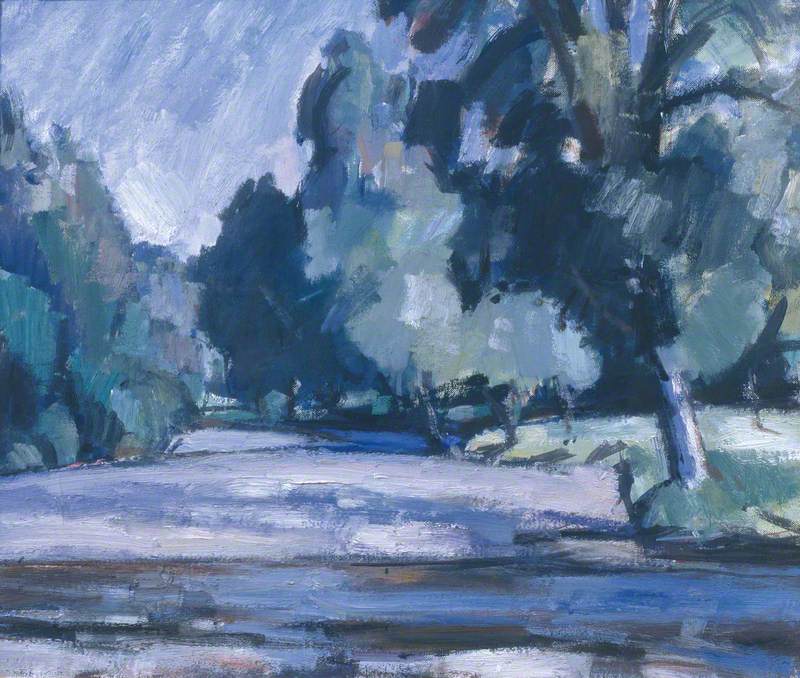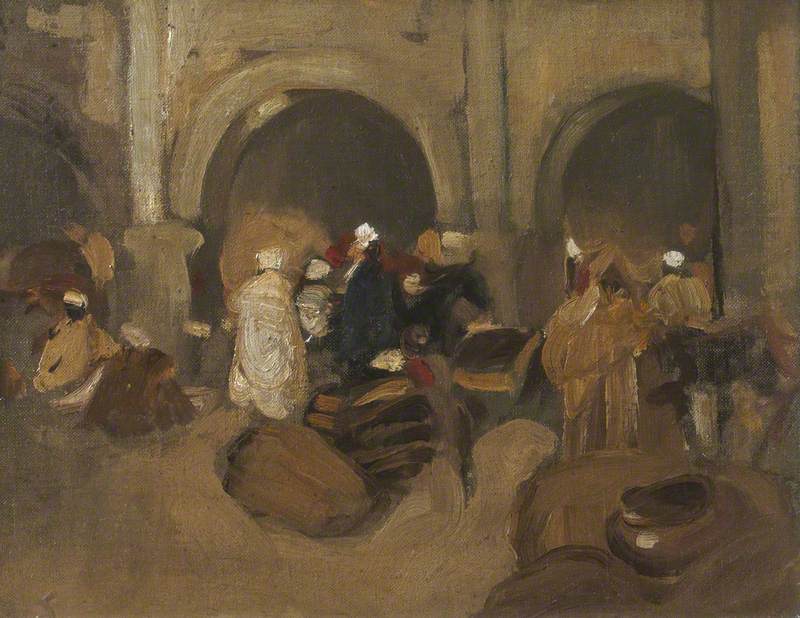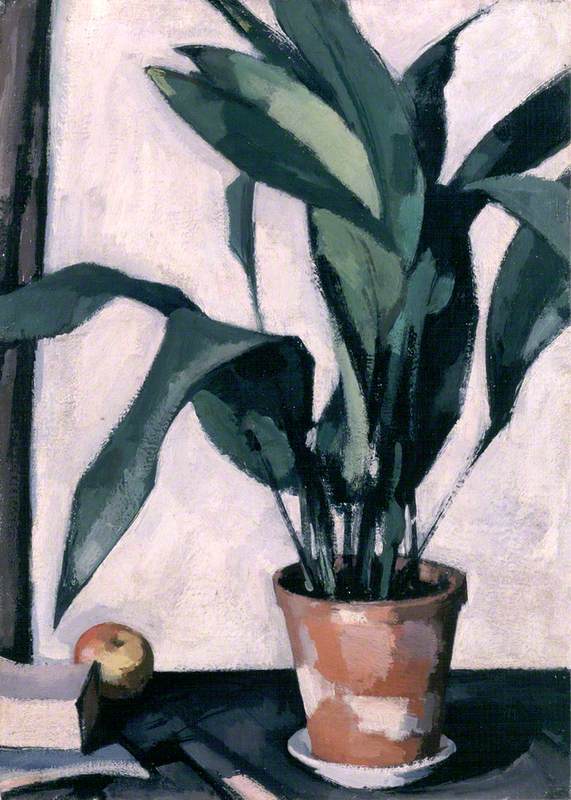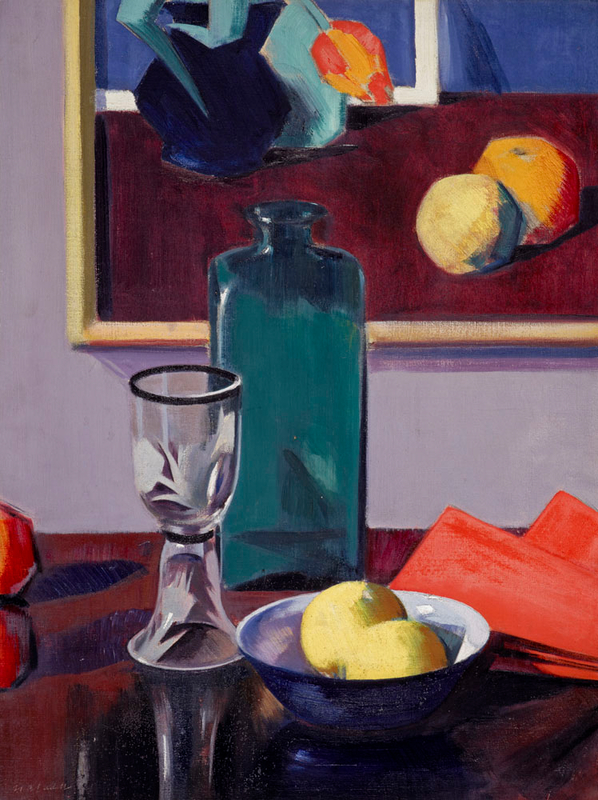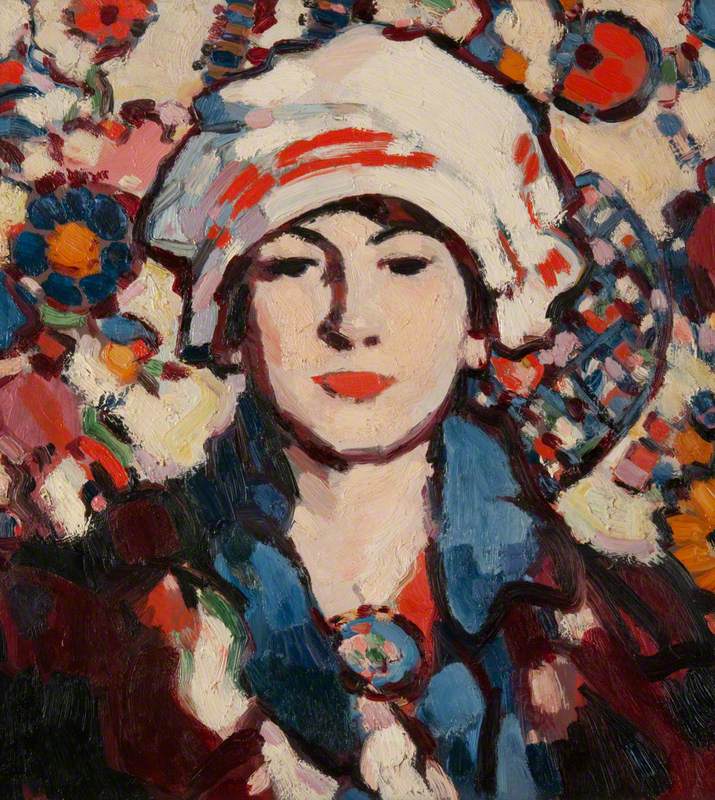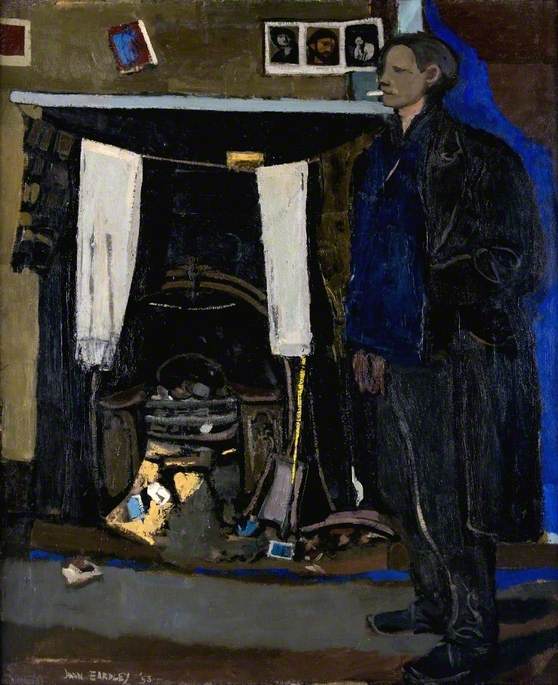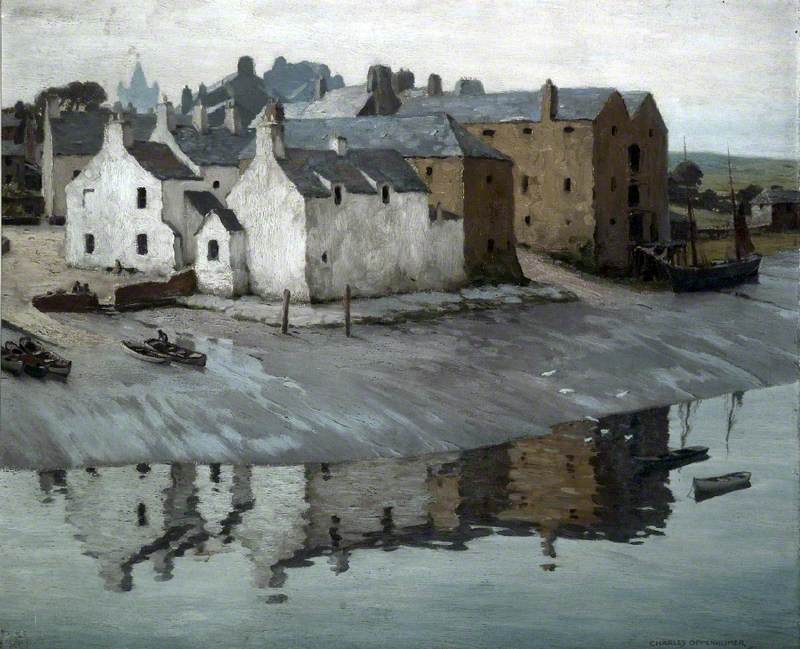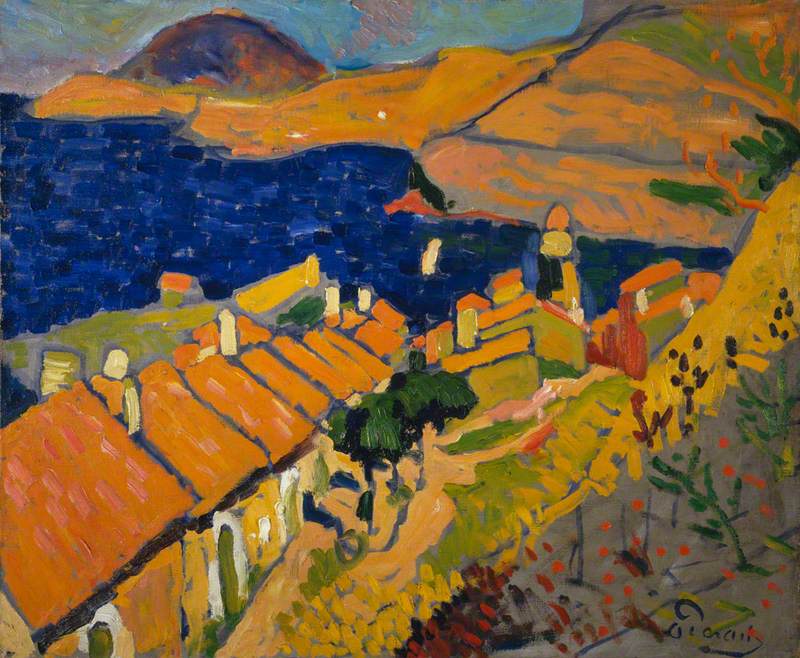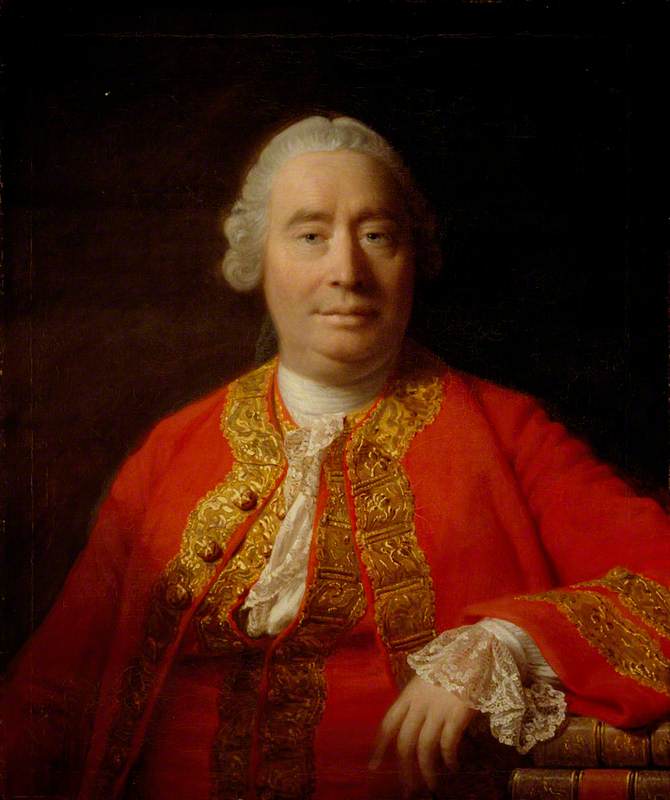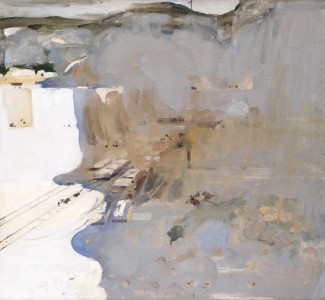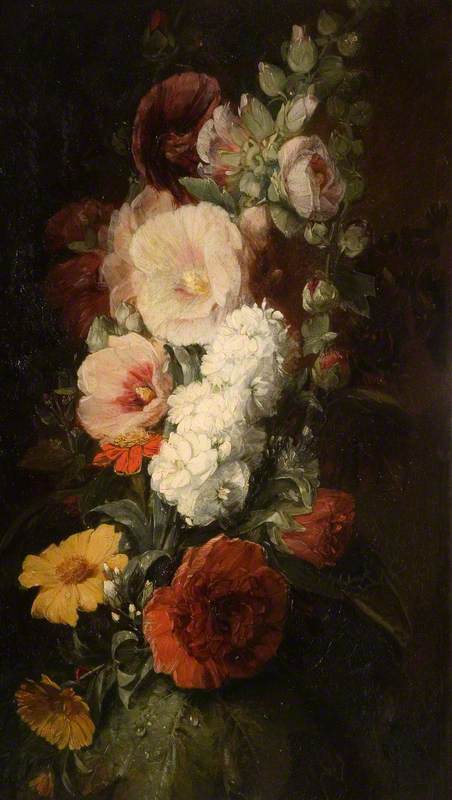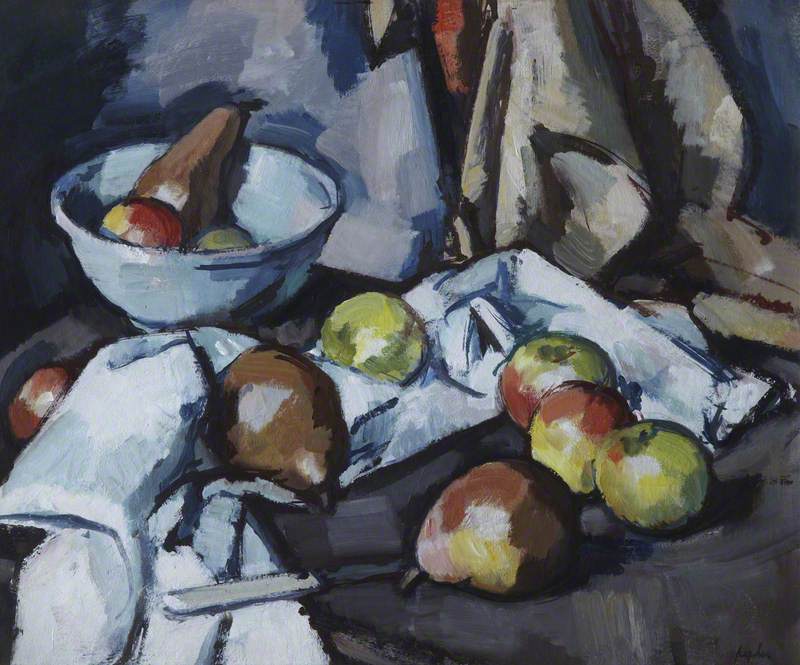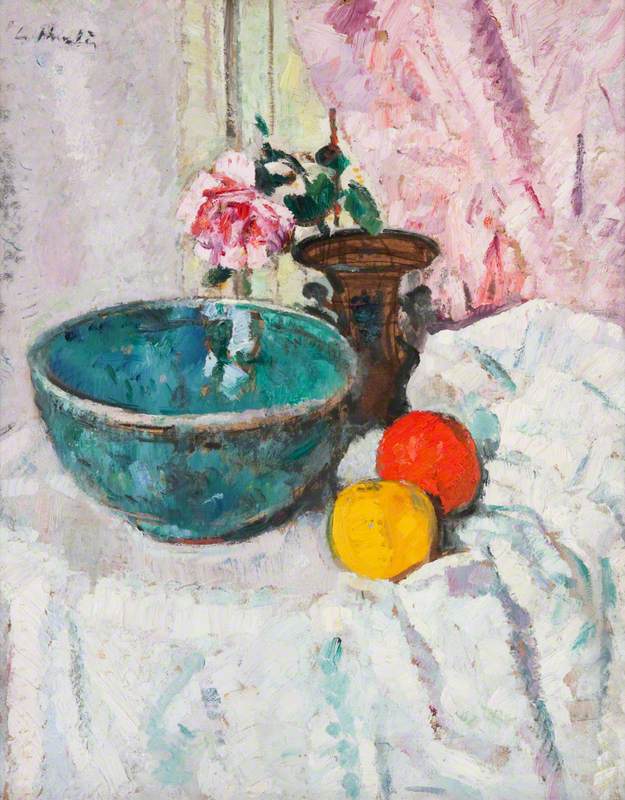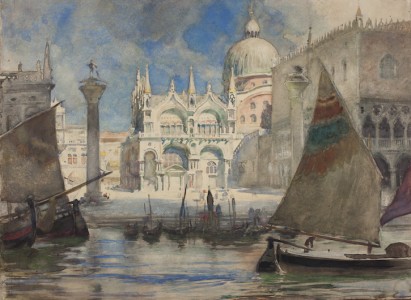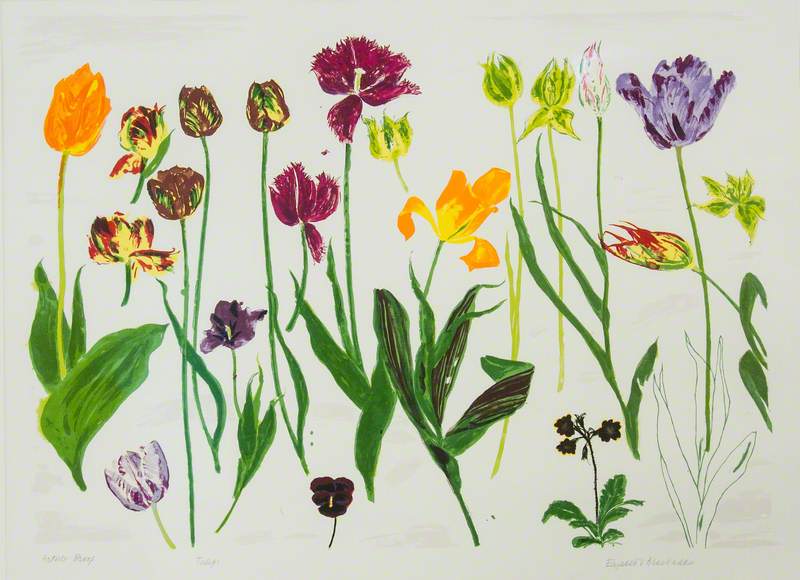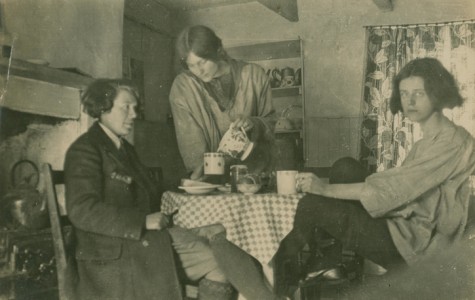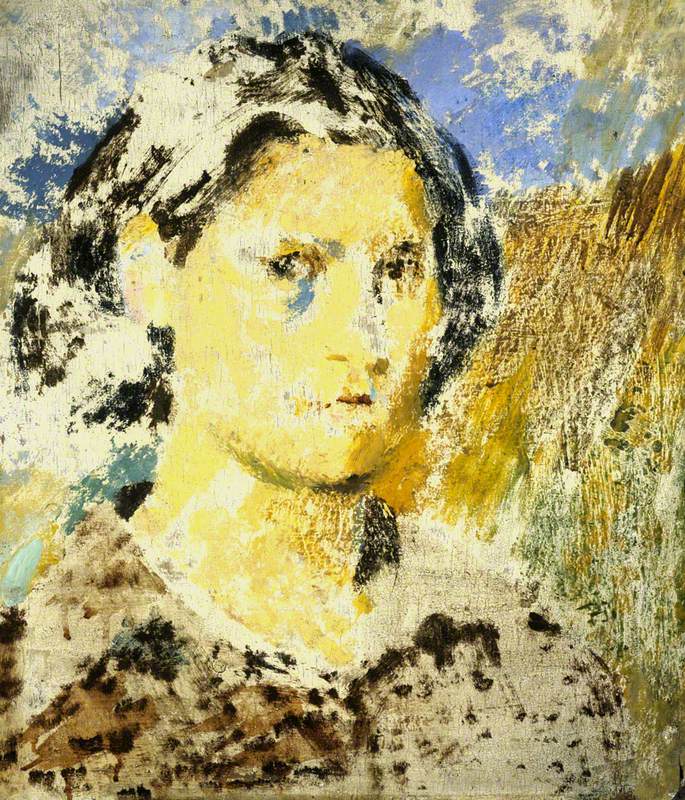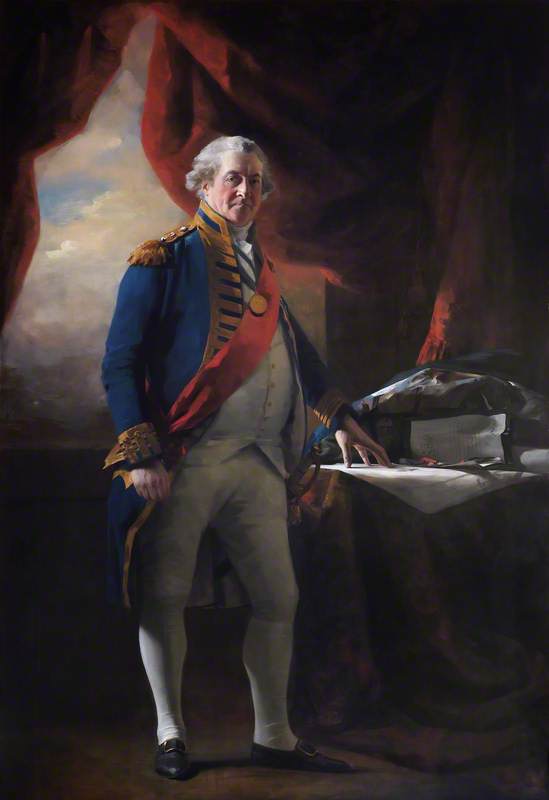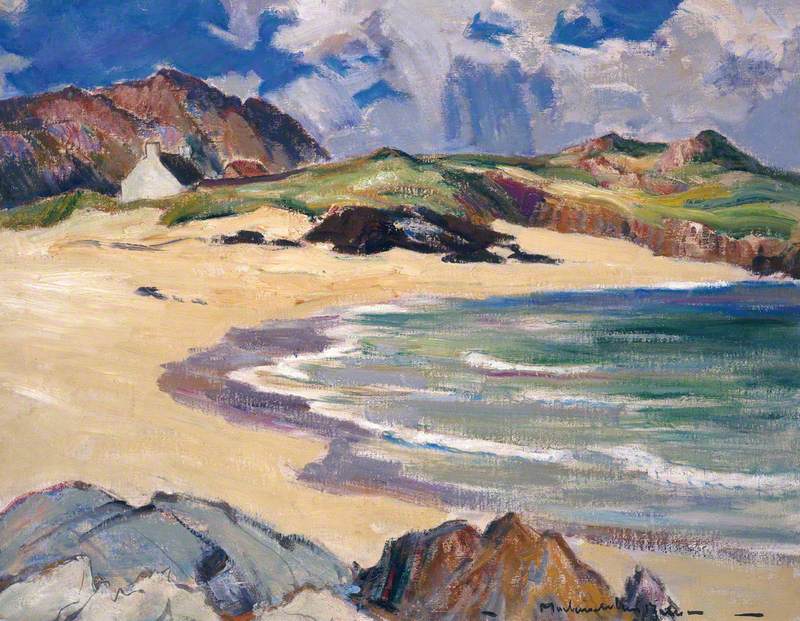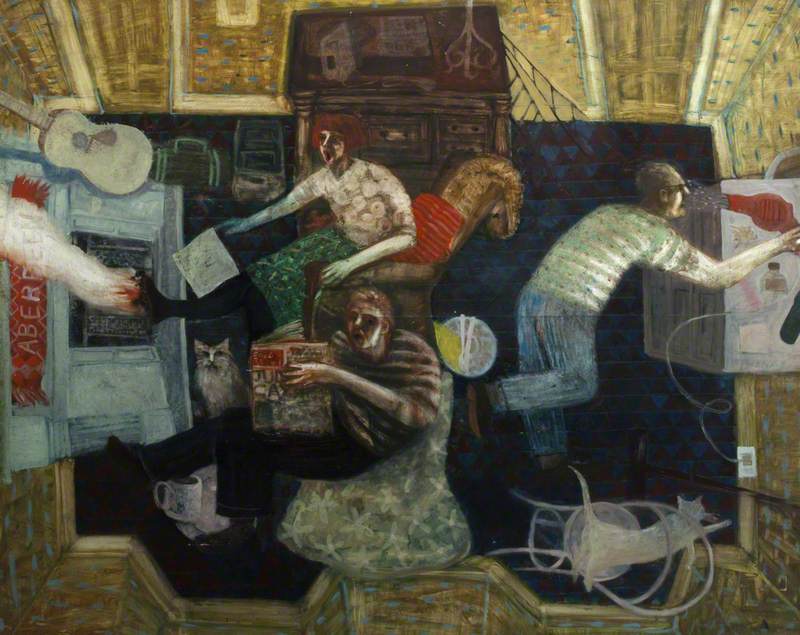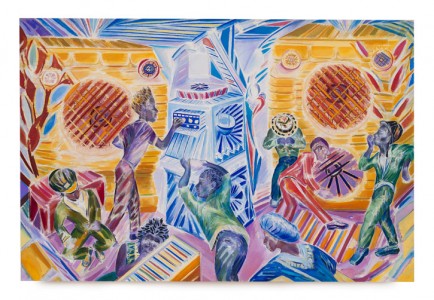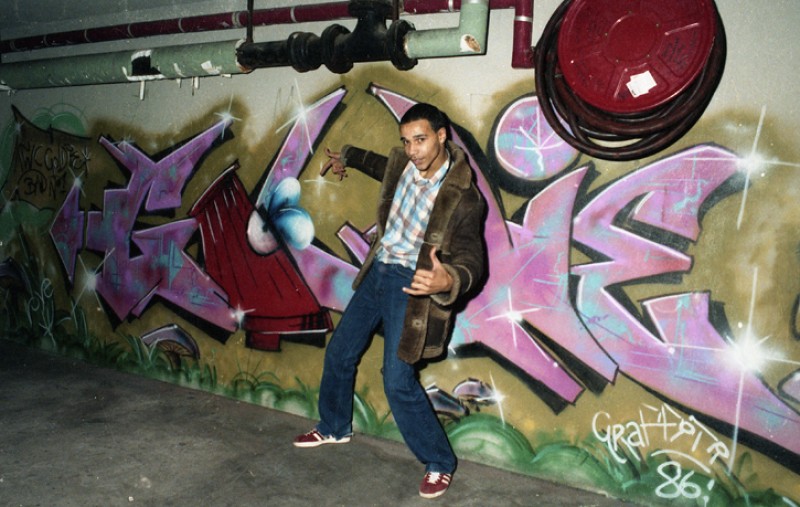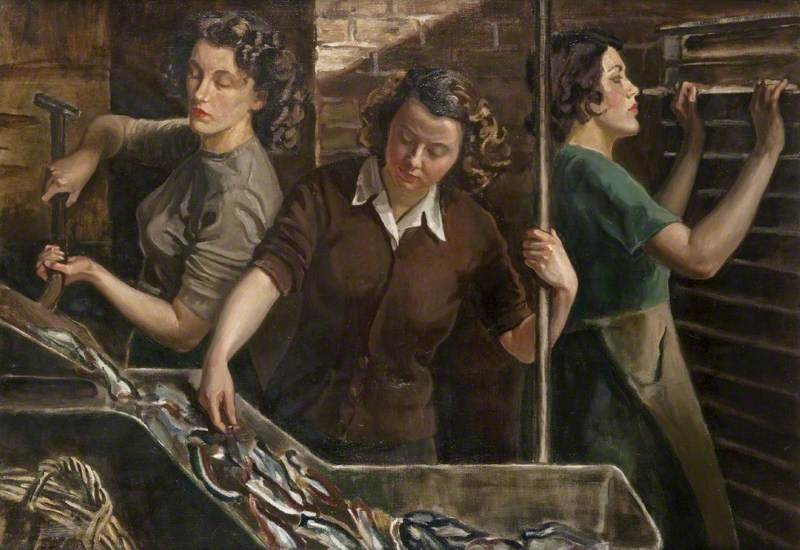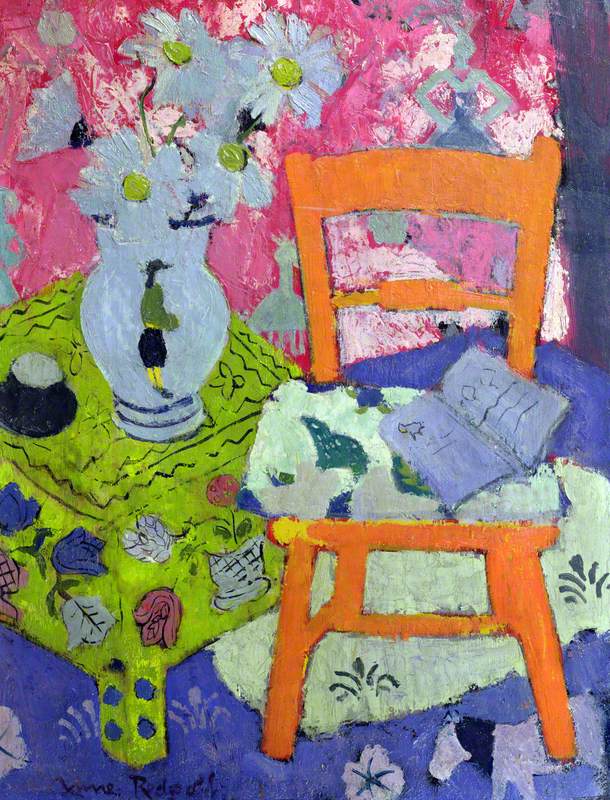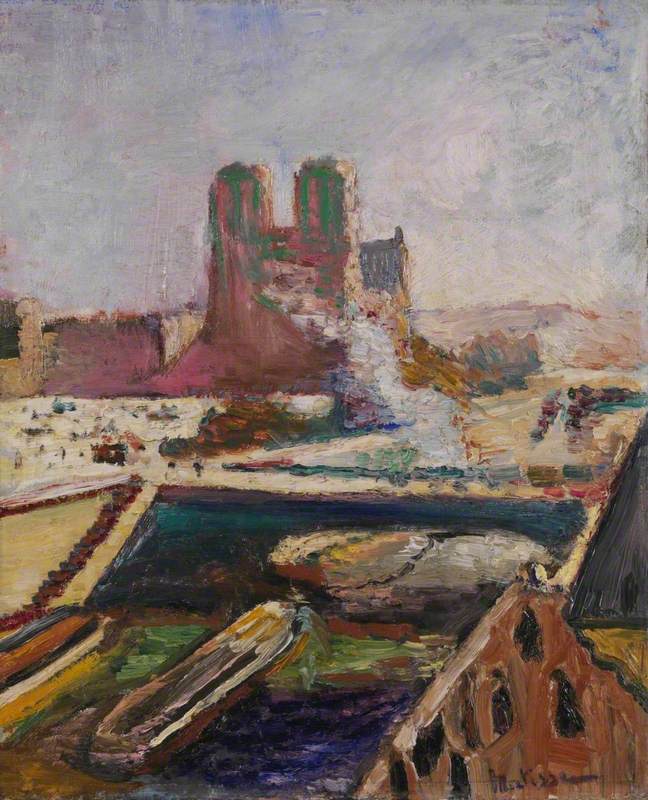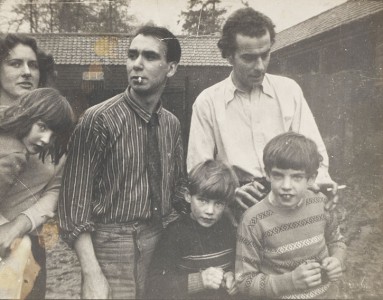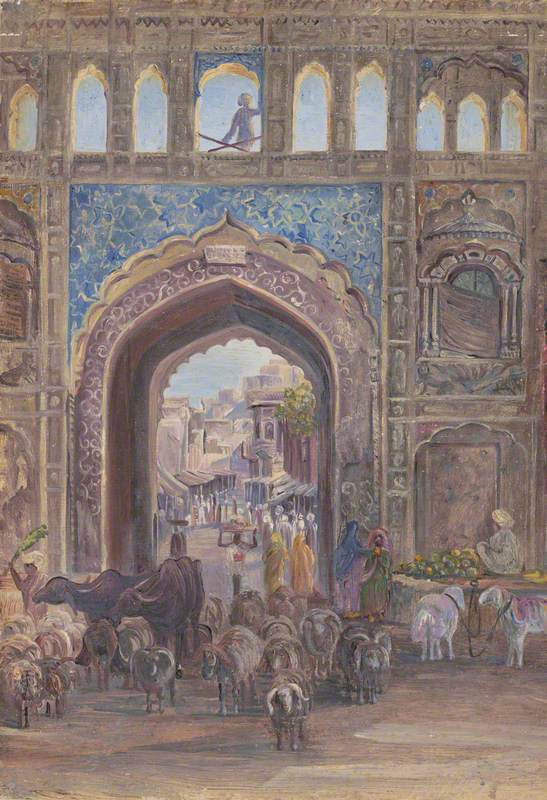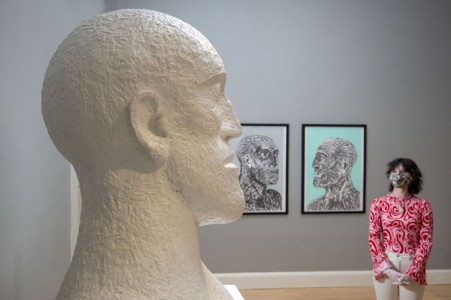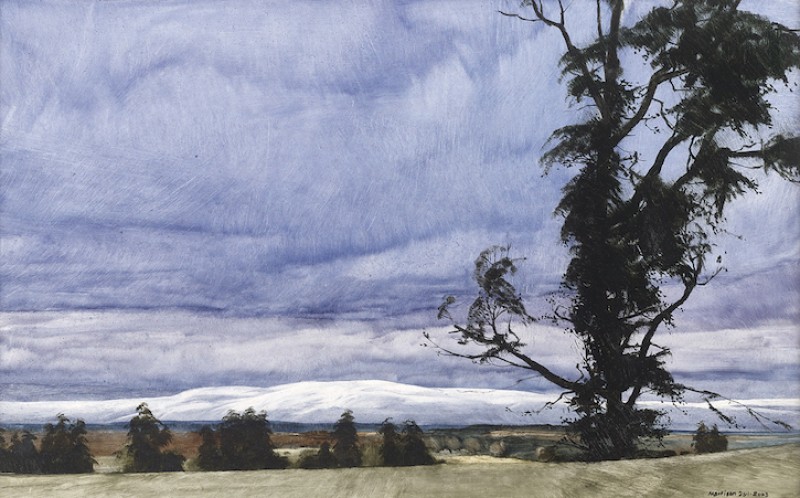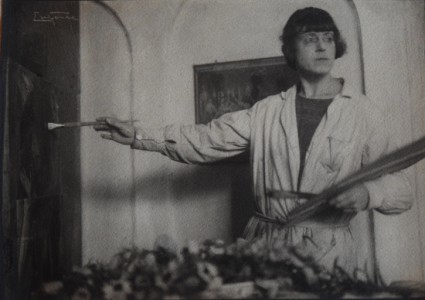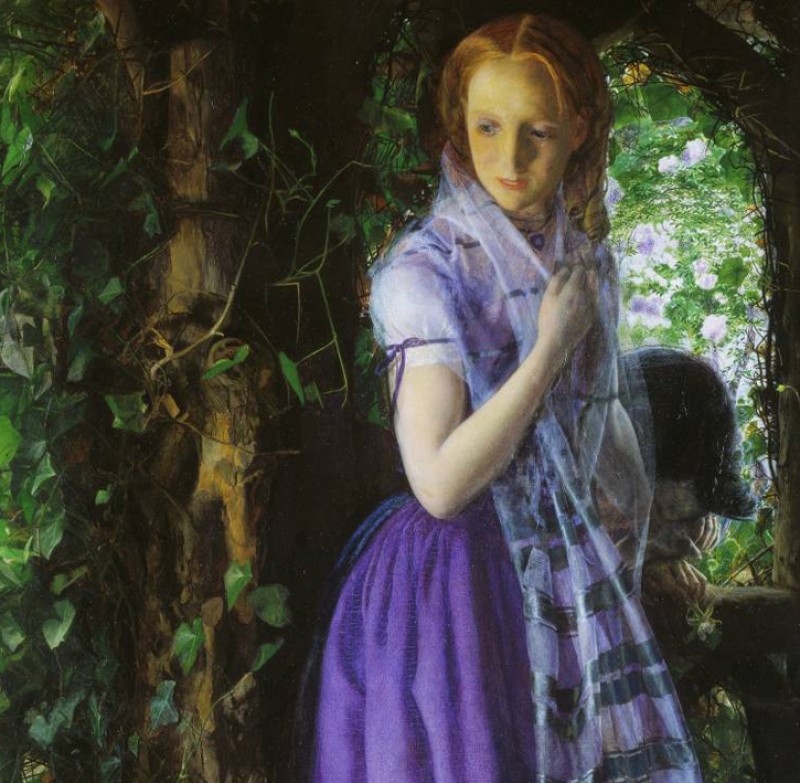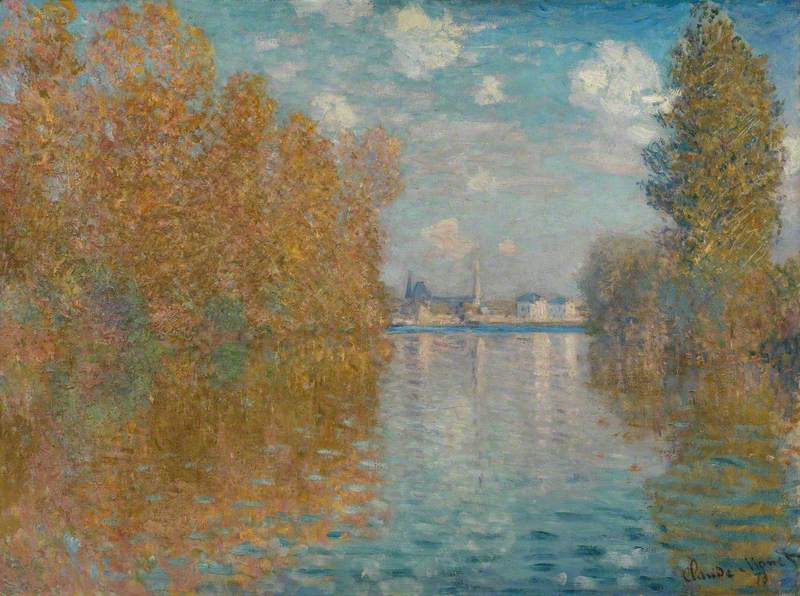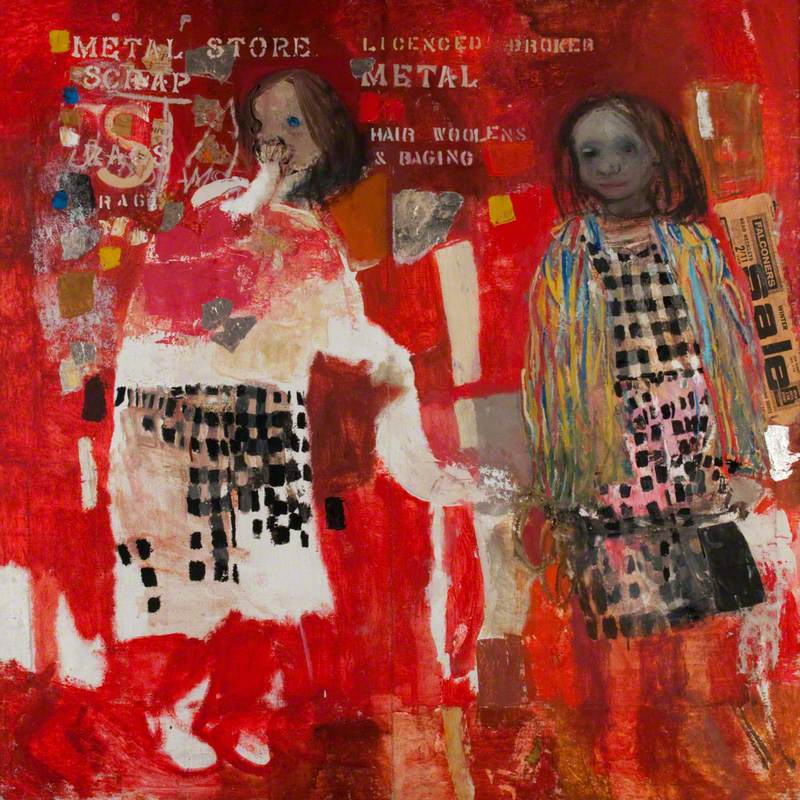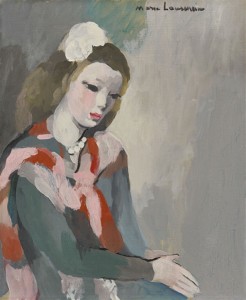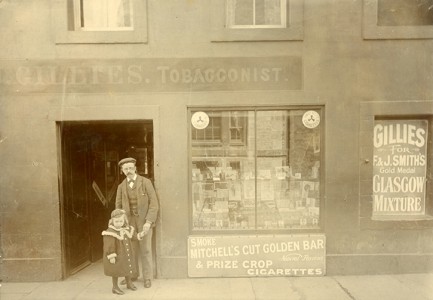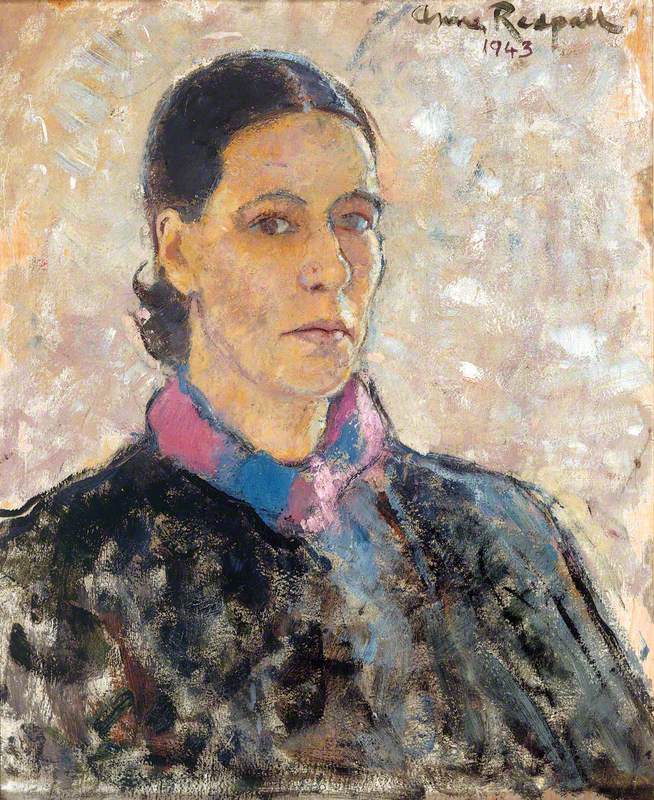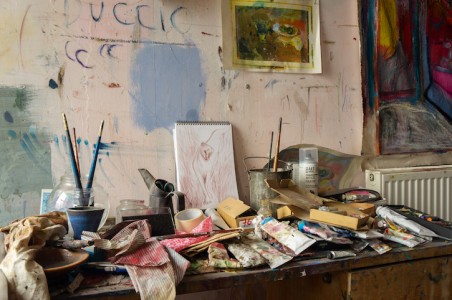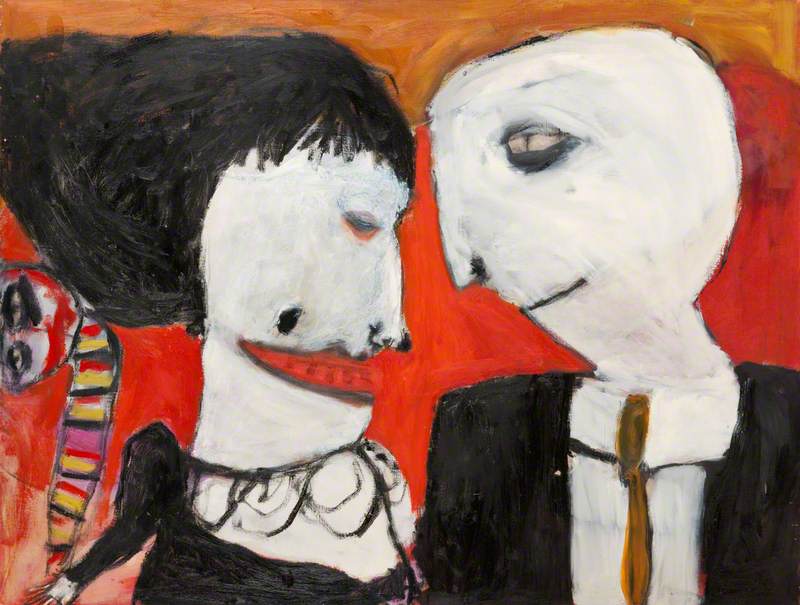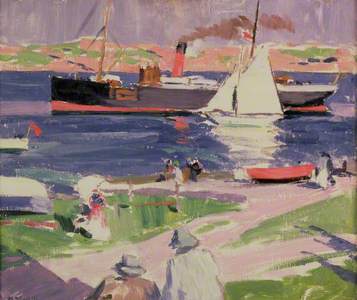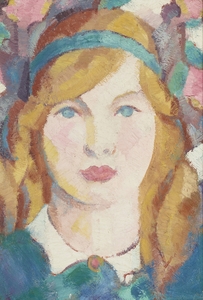'Colour and Light: Scottish Colourists from The Fleming Collection' traces the development of the Scottish Colourists, from their precocious beginnings to the maturity of their later works. The 2023 exhibition at Graves Gallery brings together a dazzling selection of works from The Fleming Collection alongside two works by Cadell and Hunter from Sheffield's collection.
Beginning with friendship
The story of the Scottish Colourists begins with the friendship between Samuel John Peploe (1871–1935) and John Duncan Fergusson (1874–1961) who were the oldest of the four. Although they did not meet until their mid-20s, they already had much in common. Both had broken free from the constraints of their respectable Edinburgh backgrounds in their determination to become artists.
Following their first meeting around 1900, Peploe and Fergusson became inseparable. They dropped in on each other's Edinburgh studios and made regular summer visits to France, sharing an enthusiasm for contemporary French masters such as Édouard Manet and Claude Monet. Another key influence was the American tonal painter, James Abbott McNeill Whistler, whose brilliance had been promoted by the previous generation of radical Scottish painters known as the Glasgow Boys.
Experimenting with colour
By 1905, Fergusson and Peploe had achieved commercial success as fashionable young painters of realist still lifes and swagger portraits. However, that same year the course of their art was dramatically changed when Henri Matisse, André Derain and Maurice de Vlaminck exhibited a group of crudely painted landscapes saturated in colour. One critic labelled them les fauves – wild beasts.
Ever alert to the latest movements across the channel, Peploe and Fergusson began integrating bolder colours into their work. An intense period of experimentation followed which saw Peploe and Fergusson abandon the rules of 'realist' painting. Instead, they began using two-dimensional planes of pure colour, often applied directly from the tube, and bold outlines with areas of primed canvas showing.
The quartet assembles
Until now the origins of the Scottish Colourists have been traced through the two oldest members, Peploe and Fergusson. It was not until the years running up to the First World War that George Leslie Hunter (1877–1931) and Francis Campbell Boileau Cadell (1883–1937) entered the story.
Hunter's development began in San Francisco where, despite no formal training, he became an accomplished illustrator. Returning to Scotland in 1906, he determined to become a painter. Despite enduring many setbacks, he emerged as a fully formed Colourist in 1919.
Meanwhile, Cadell had left Scotland at age 16 to train at art schools in Paris and Munich. By 1910 he was back in Edinburgh embarking on a series of portraits, still lifes and interiors. After a period fighting in the First World War, Cadell returned to Edinburgh with Charles Oliver, his lifelong partner and sometime model.
The Colourists arrive
With Peploe's encouragement, Cadell abandoned his pre-war style and together they turned to painting interiors and still lifes in planes of vivid colour and geometric forms. They also used colour to brilliant effect on their annual painting trips to the island of Iona, capturing the intense colours from the light refracted off the sea.
Meanwhile, a growing influence of Paul Cézanne pervades Fergusson's post-war paintings which have a quiet, more joyful mood. While Hunter, citing Vincent van Gogh, proclaimed: 'Everyone must choose their own way and mine will be the way of colour'.
The early 1920s saw the four Scottish artists united through friendship as they got to know one another in Edinburgh. This bond was consolidated in their first group show in Paris in 1924.
Finale
In their later years, the Scottish Colourists focussed increasingly on landscape, employing their natural talent to convey the distinctive beauty of Scottish light. As such they rank as four of Scotland's greatest naturalist painters.
It was not all plain sailing, however. Hunter suffered from periods of creative block, which caused problems with his dealers. Despite this, he kept some of his greatest work till last, producing a stunning series of paintings of Loch Lomond in 1931. He died just three months later.
Meanwhile, Cadell fell prey to the collapse of the art market following the 1929 stock market crash, reducing him to poverty. This was compounded by the unexpected death of Peploe in 1935. Cadell died destitute only two years later.
Fergusson lived until 90, having moved to Glasgow with Margaret Morris at the outbreak of the Second World War. Here they threw themselves into the Scottish art scene, writing, publishing and offering inspiration and encouragement to generations of young artists.
'Colour and Light: Scottish Colourists from The Fleming Collection' is on display at the Graves Gallery in Sheffield until 9th December 2023. You can also explore the 'Colour and Light' exhibition digitally via the Art UK Curation, and also through audio content on the Bloomberg Connects app.
Elizabeth Lindley, Assistant Curator – Visual Art at Sheffield Museums Trust, and James Knox, Director of The Fleming Collection
